A 2,000-year-old gold ring has been discovered during excavations in Israel's Susita National Park.
These artifacts date from the Roman period, about 2,000 years ago.
The Susita Citadel has been preserved and restored for the past 26 years as part of the Susita Excavation Project, led by the Institute of Archaeology of the University of Haifa.
The excavation team was led by Dr. Michael Eisenberg and Dr. Arleta Koblewska, with the participation of students from the Department of Archaeology and the School of Archaeology and Maritime Civilizations, and international volunteers from the United States, Germany, the United Kingdom and Italy.
“This small, heavy gold ring may have belonged to a girl from a wealthy family in Susita,” Dr. Eisenberg said. “The gold earrings, especially one of such a beautiful design, are likely burial objects that were fortunately not looted in the past. All of these artifacts date from the Roman period (1st to 3rd centuries AD).
In addition to these rare artifacts, this year’s excavation also uncovered dozens of fragments of high-quality decorative plasterwork from the Romano-Byzantine residential area. These exquisite plaster panels, which once decorated the walls of the house, are now carefully preserved and are gradually revealing their vibrant colors, partially recreating the lavish appearance of the ancient house.
Currently, excavations are focusing on exploring additional residential areas, a large church, the fully excavated ancient Roman city gate, and the city's cemeteries.
Dr. Dror Ben-Yosef, northern regional archaeologist for the Israel Nature and Parks Authority, said Susita National Park, located on the slopes of the Golan Heights, east of the Sea of Galilee, preserves the magnificent ruins of the ancient city of Hippos - called Susita in Hebrew.
The city, whose name was associated with horses, flourished from the ancient Greek period (around 300 BC), reached its peak of prosperity during the Roman-Byzantine period, and was completely destroyed in an earthquake in 749 AD after the Muslim conquest of the area.
The excavation is expected to continue on weekdays until the end of July and the public is invited to visit and witness first-hand the discoveries that continue to be revealed at this important archaeological site./.
(Vietnam News Agency/Vietnam+)
Source: https://www.vietnamplus.vn/phat-hien-chiec-nhan-vang-2000-nam-tuoi-tai-cong-park-quoc-gia-o-israel-post1051685.vnp





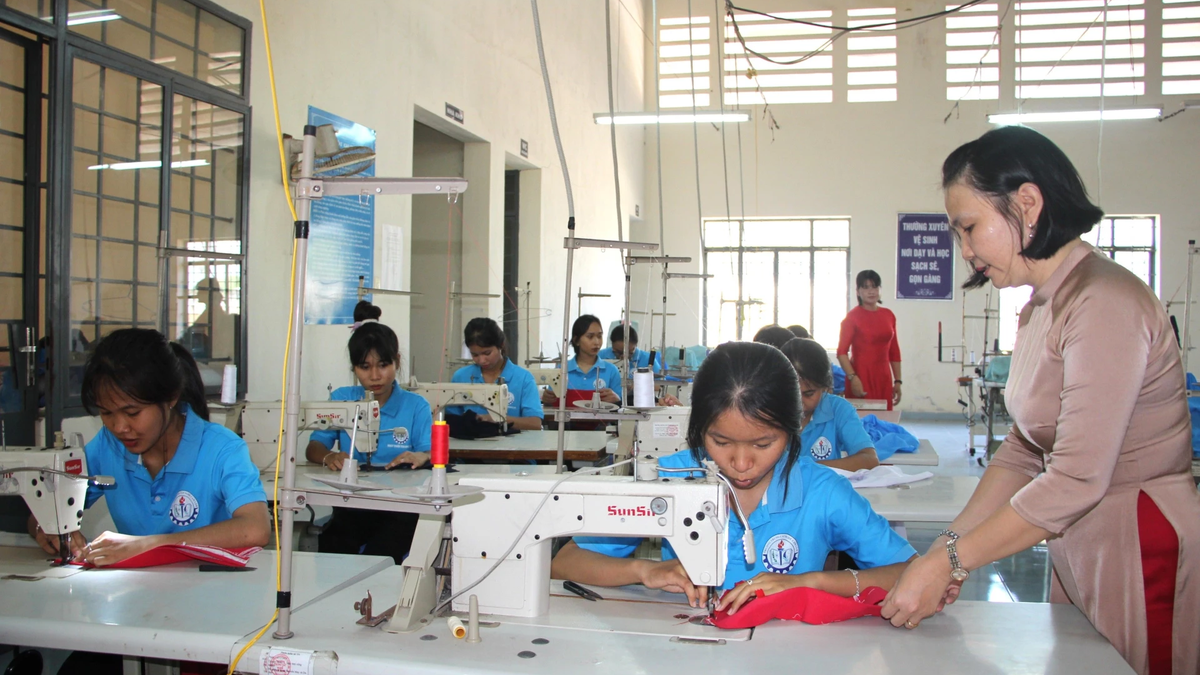

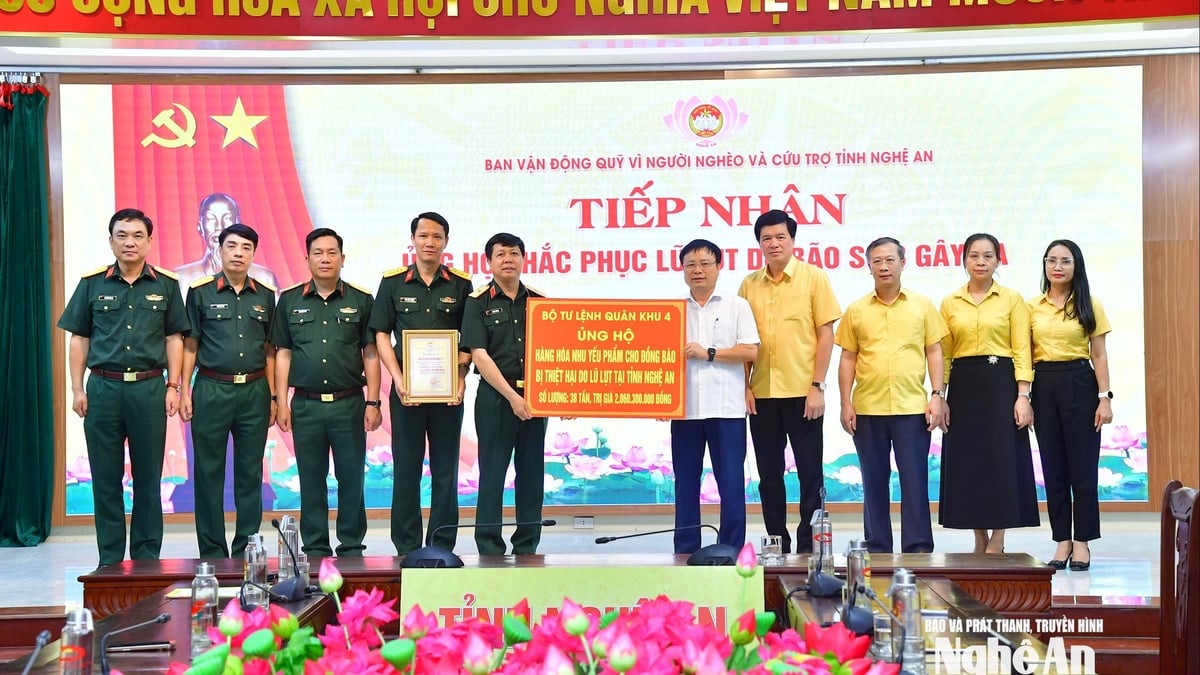

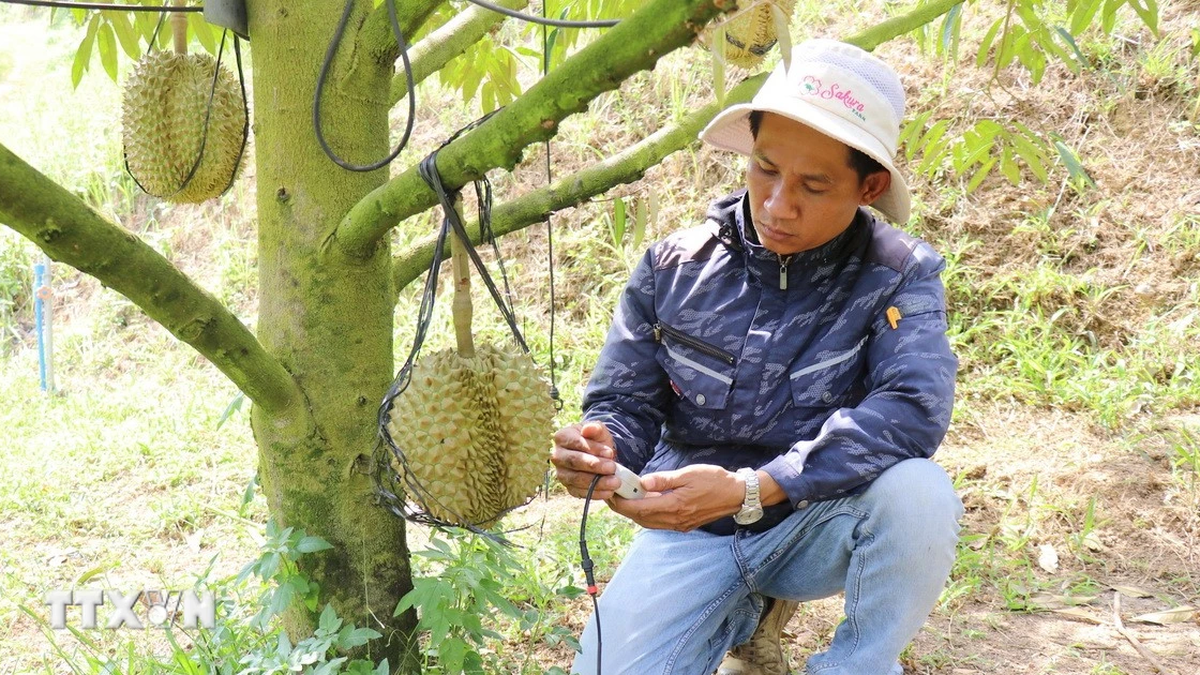
















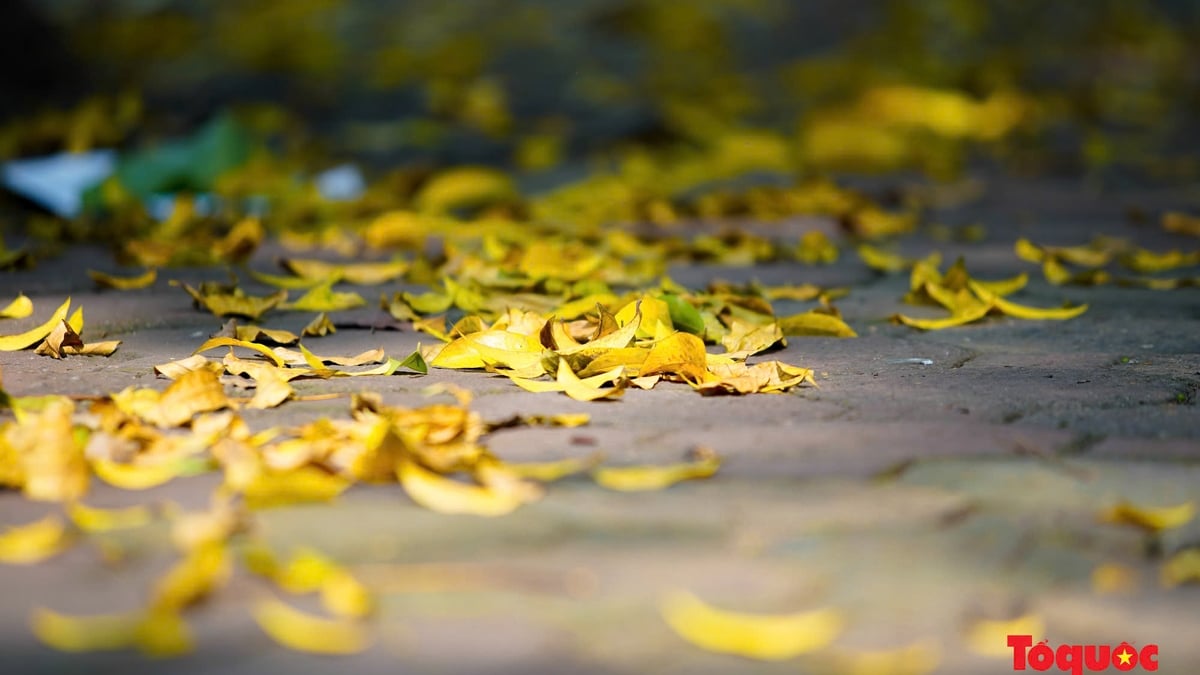
![[Photo] Discover the "wonder" under the sea of Gia Lai](https://vphoto.vietnam.vn/thumb/1200x675/vietnam/resource/IMAGE/2025/8/6/befd4a58bb1245419e86ebe353525f97)


![[Photo] Nghe An: Provincial Road 543D seriously eroded due to floods](https://vphoto.vietnam.vn/thumb/1200x675/vietnam/resource/IMAGE/2025/8/5/5759d3837c26428799f6d929fa274493)
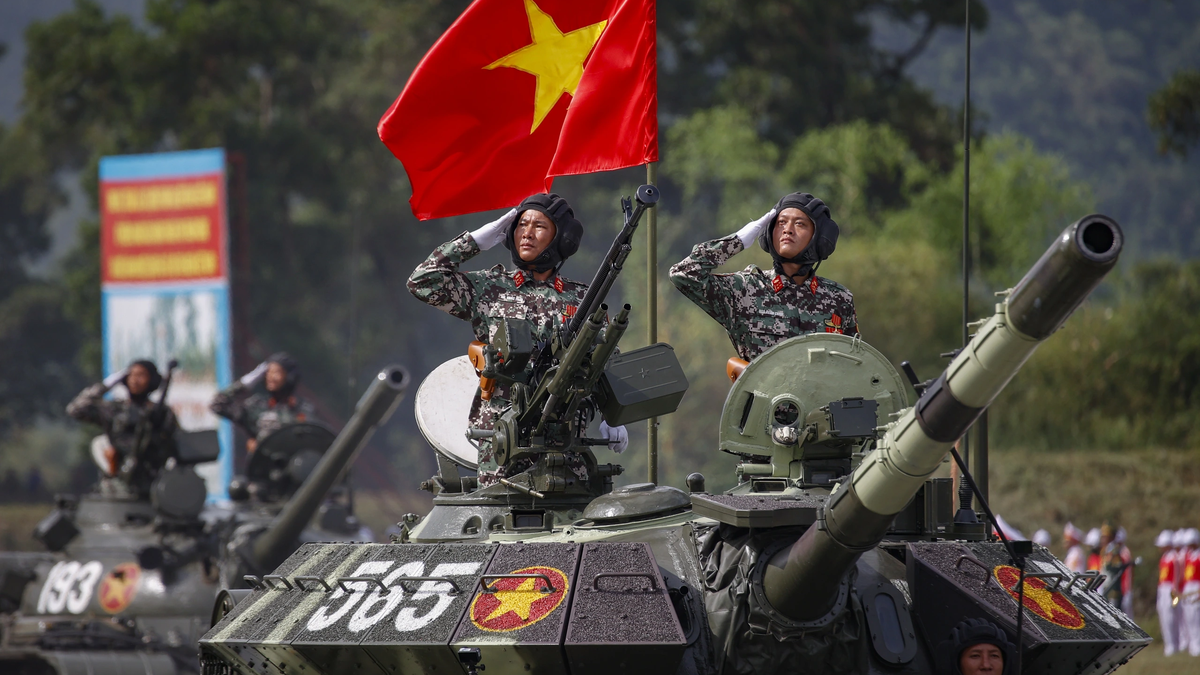
































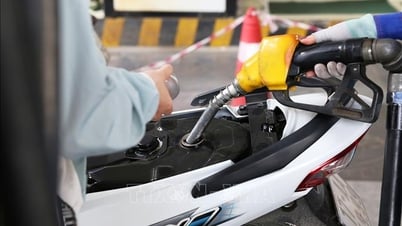










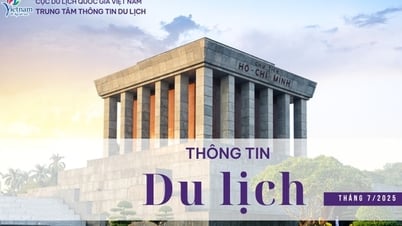


















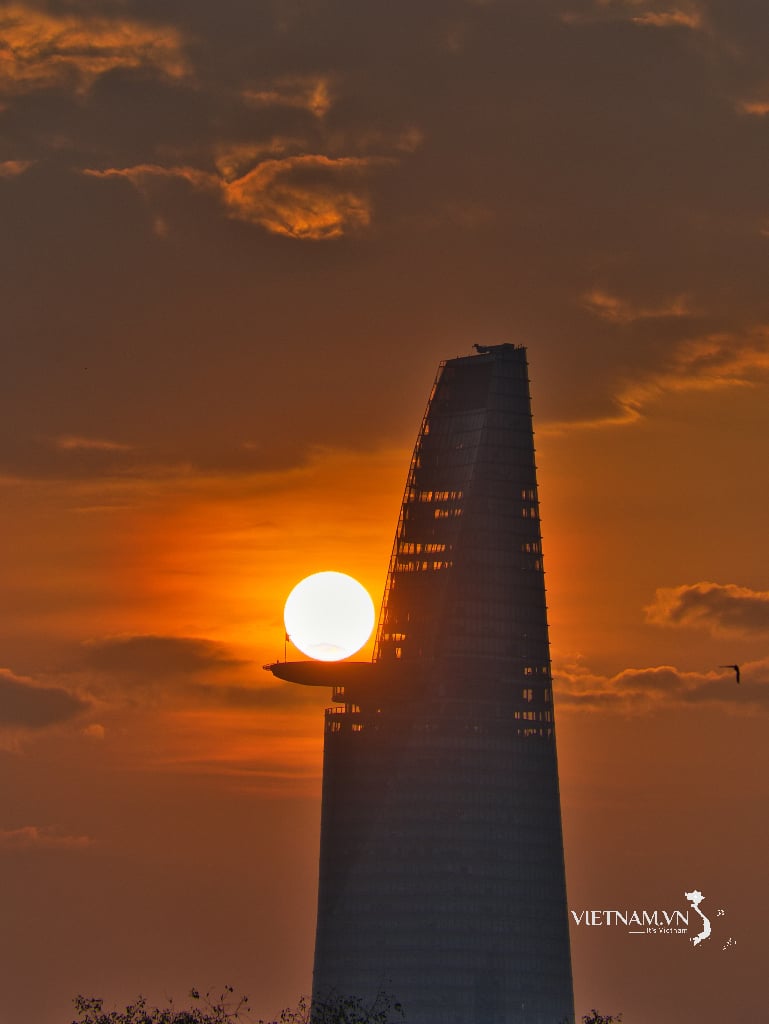

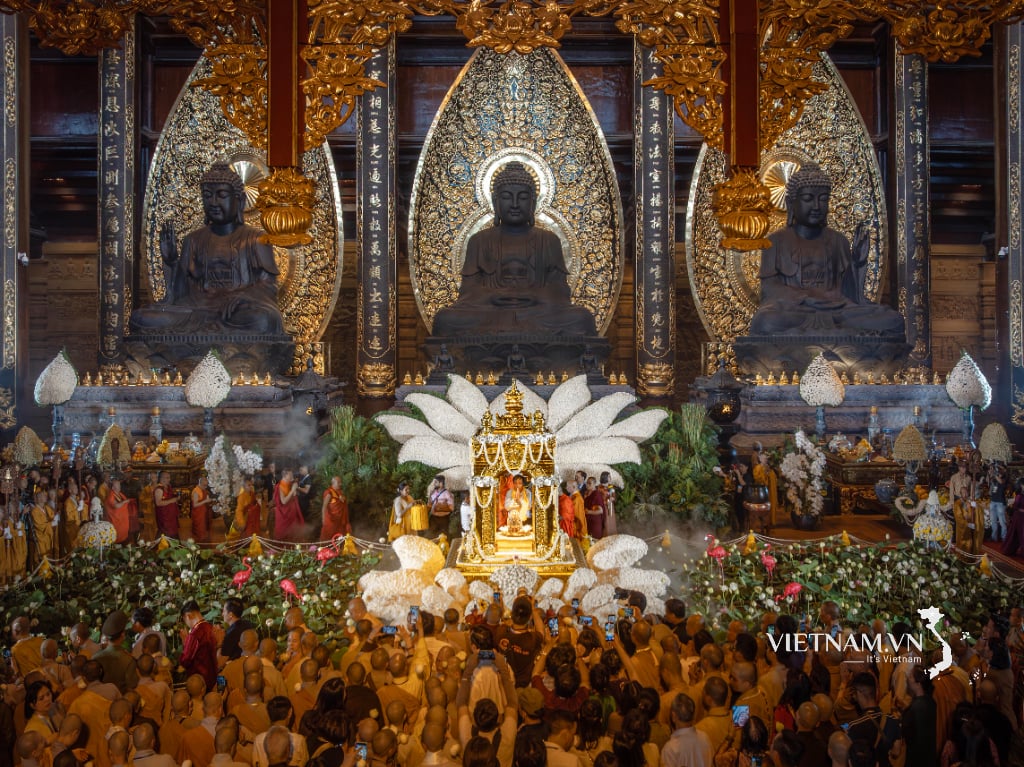
Comment (0)